Table of Contents:
Sauerkraut from Germany, Ayran from Turkey, Shi Tofu from China, yogurt, soy sauce, salami, cheese or cocoa beans. The list of foods that exist through fermentation is endless. Many people aren´t aware of the term fermentation, even though they are in contact with it on a daily basis. Fermentation has always been one of the most important methods in the food industry. Fermentation processes have been used for thousands of years in order to preserve food without freezers. It´s only positive, that this method is currently trending and back in German kitchens.
What is Fermentation?

Fermentatiion is the process of using microorganisms, such as bacteria or yeast, to convert carbohydrates to organic acids under anaerobic conditions. During fermentation, organisms produce acetic acid and lactic acid, which are all “bio-preservatives” that retain nutrients and prevent spoilage. Fermented foods generally have a sour taste and the shelf-life can be prolonged. This process usually happens in air-tight containers etc. The French have a saying that goes like this: "fermentation - a life withouth air"
Fermented foods change their taste and often their visual nature. Sauerkraut that is fermented from cabbage is often mashed, mixed with salt and left at room temperature for a couple of days. During this time the natural lactobacilli proliferate and break down the vegetable. Apart from the fact, that fermented foods change their apperance and taste, there have many health benefits.
Are fermented Foods healthy?
Fermented foods help you to absorb food better and have been shown to improve bowel health, aid digestion and improve immunity on a long-term basis. I won´t go into much more detail on vitamins and bacteria etc. Fact is that fermented foods such as natto, kimchi, sauerkraut, deonjang etc promote a healthy body and lifestyle.
Fermented products from Japan and Korea
Japan and South Korea are countries where fermented foods are very popular. The most known Japanese ingredient that comes from fermented soy beans is miso. Natto for example is made from strongly fermented soy beans and is also very popular and academically proven to promote health. South Korea is the country with the most fermented productsL; kimchi is available in more than 200 versions. Fermentation was vital for Koreans in the past in order to extend the shelf-life of foods. During that time numerous products and dishes were created by using the fermentation method. The list of Korean and Japanese fermented products is long and can be completed by adding many more. The following list shows the foods that we use in our recipes. Those are available from Korean or Japanese supermarkets or online.
Fermented foods from South Korea and Japan
| Products | Country |
|---|---|
| all kinds of Kimchi | South Korea |
| Deonjang | South Korea |
| Gochujang | South Korea |
| Saeujeot | South Korea |
| Natto fermented soy beans | Japan |
| Amazake | Japan |
| Kusaya | Japan |
| Katsuobushi | Japan |
| Soy Sauce | South Korea und Japan |
| Tofu | South Korea and Japan |
Try it - fermenting foods at home sucessfully
With all the above information I´m convinced that you are ready to ferment your first product. To make the preparation easier for you, I´m sharing some tips that you can follow as a guideline.
For fermenting foods at home, seasonal vegetables are recommended. This includes veggies like wild garlic, radish, garden radish or asparagus that are only available from markets and supermarkets in certain times of the year. You can extend their shelf-life up to a year by using the fermentation process. I personally love Korean wild garlic side dishes as they have a unique taste. Wild garlic is unfortunately only available from March until June from markets or indigenous forests. Thats why I usually ferment lots of wild garlic around this time. I´ve made wild garlic kimchi or wild garlic in a soy-vinegar sauce (San Maneul Changachi).
Before you start cooking, it´s recommended to have all ingredients and utensils on hand. All the containers you want to use for preserving have to be air-tight, dry and clean. Glass jars as well as air-tight tupperware containers are suitable. The aerobic decomposition should happen under air-tight conditions. Air promotes harmful bacteria and prevent the lactobacilli from working. Another factor is the temperature that is needed for fermentation. For the first storage, room temperature is ideal, as the lactobacilli only begin working at 22 C°- 27 C°
Your working space as well as all utensils (knives, cutting boards, pots, spoons etc.) need to be cleaned everytime before use. It could happen that unwanted bacteria settle in and your vegetables get mouldy. Just see that everything is clean and only use clean utensils.
As soon as your vegetable is sealed air-tight, you can leave it for a couple of days at room temperature. After 3-7 days you can put it into the fridge or counsume it. In case you put the veggies in the fridge too early, the cool temperature will stop the process and the product won´t be fully fermented.
Lets recap this - note the following
- The temperature is vital for the fermentation process and it can only happen in warm temperatures. On the other hand the temperature musn´t be more than 30 C° . Room temperature between 22 C° and 27 C° is ideal.
- The rest period is about 3 to 7 days.
- A good hygiene as well as the correct temperature play an important role
- Humidity is vital during fermentation. If air comes in contact with the food, harmful bacteria will develop as a result and the food will go mouldy.
Products and utensils for Fermentation
The following list entails products and utensils that are partly important for fermentation
Foods
- Salt - this ingredient is vital for fermentation. The amount of salt should ideally be 2% of the basic product amount for fermentation. E.g. for 1kg china cabbage I use 20gr of salt.
- Vinegar
- Fish sauce - can be used in additon to the salt. Fish sauce is also a fermented sauce consisting of fish and salt. The sauce gives fermented food a bit of a fish kind of taste (see kimchi South Korean healthy power food).
- Rice flour or rice bran -is often used in the Korean and Japanese fermentation. It works as a binding agent that wraps a light film around the fermenting product.
- Soy sauce - Especially in the Korean cuisine many side dishes are preserved with a combination of soy sauce - sugar - vinegar - water. Those sides always end with "Changachi (장아찌)"in their name. E.g. Yangpa changachi - 양파장아찌 ,also soy onions.
Utensils
Glass jars - I recommend 1 L glasses. Rather prepare too much than too little.
Airtight boxes and containers
Fermenting vegetables - Our recipes:
Ryu and I like to ferment different kinds of vegetables in order to always have small side dishes in our fridges. Why not try our recipes that use fermentation to extend the shelf-life of foods.
Miau, do i have your attention? I feel hungry, because Ryu is not feeding me. Please give me some delicious rating onigiris, if you like this page. ~Akina
Yummy Recipes

Tamagoyaki japanese Egg Roll
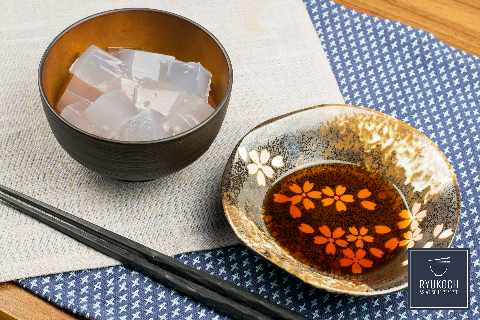
Tokoroten Cubes Japanese Low Calorie Dish

katsudon Japanese Steak Rice Bowl
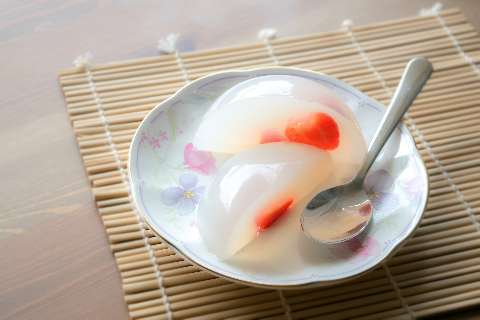
Kanten with strawberries Cute japanese Dessert

Kare Raisu Japanese Curry
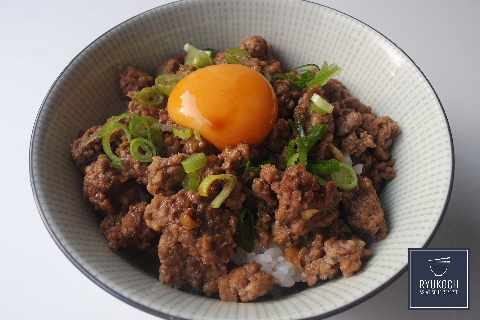
Soboro Don Japanese Rice Bowl Dish

Mapo Tofu Japanese Version
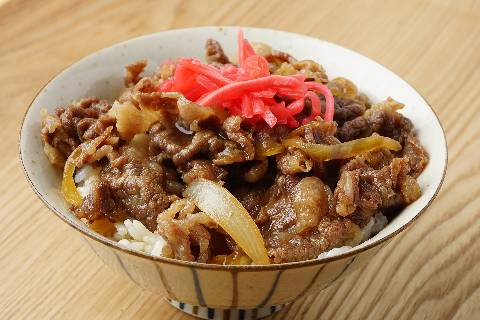
Gyudon Japanese beef doner
Interesting Blog Posts
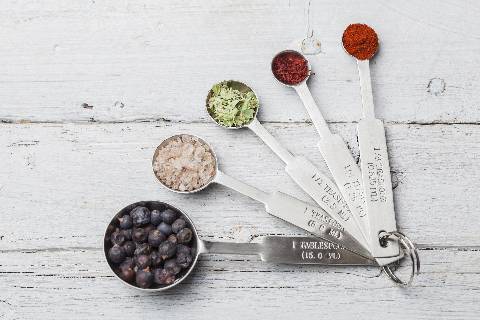
Kitchen Measurements In US and Europe System
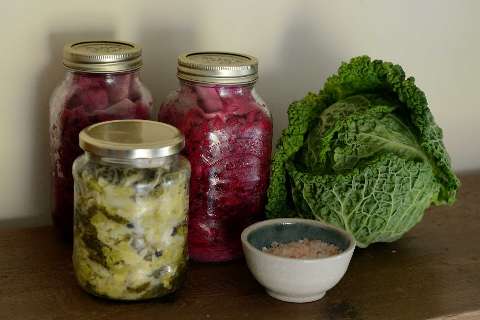
Comments